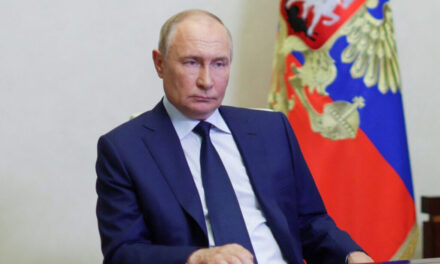The significant reduction in Russian artillery ammunition usage, as highlighted by Commander-in-Chief Oleksandr Syrskyi, underscores the impact of Ukraine’s intensified strikes on Russian military supply chains. With daily usage reportedly declining from around 40,000 rounds to much lower levels, Ukraine appears to be effectively targeting key industrial and logistical sites in Russia that are essential for sustaining its military operations in the ongoing conflict.
Syrskyi mentioned that Ukrainian strikes focus on industrial enterprises involved in ammunition production and dual-use technologies, as well as oil refineries that serve military purposes. This strategy aims to inhibit Russia’s operational capabilities on the front lines by disrupting the supply of critical military resources. Despite facing a disadvantage in firepower for much of the conflict, Ukraine has made substantial strides in its own arms production capabilities, increasing domestic production to meet about a third of its annual needs, compared to less than 10% before the invasion.
Moreover, Syrskyi’s comments regarding the development of Ukrainian air defense systems represent a proactive approach to enhancing Ukraine’s military resilience. The emphasis on creating systems capable of intercepting missiles like the Oreshnik reflects a broader strategy to strengthen Ukraine’s defensive capabilities amid ongoing threats.
Looking ahead, the Ukrainian government’s plan to invest $35 billion in weapons production by 2025 signals a commitment to boosting both domestic military manufacturing and self-reliance, with significant financial backing anticipated from international allies. This combination of strikes on Russian supply lines and investments in defense capabilities showcases Ukraine’s adaptive military strategy and determination to sustain its defense against continued aggression.
Pour en savoir plus The Kyiv Independent










